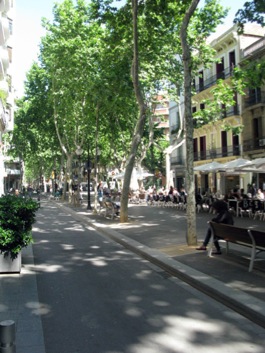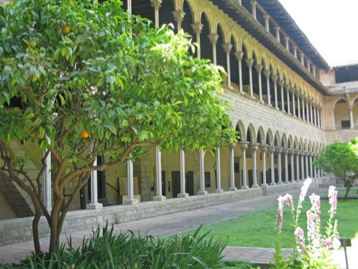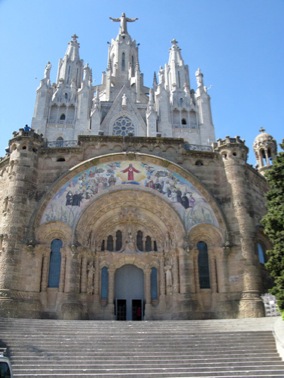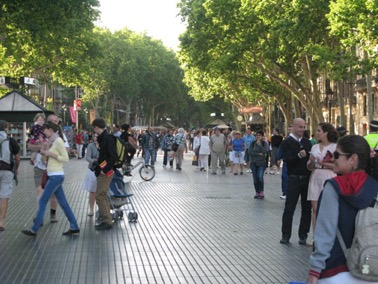Andokides' Porch
When the people sat around on the porch and passed around the pictures of their thoughts for the others to look at and see, it was nice. The fact that the thought pictures were always crayon enlargements of life made it even nicer to listen to. -- Zora Neale Hurston




